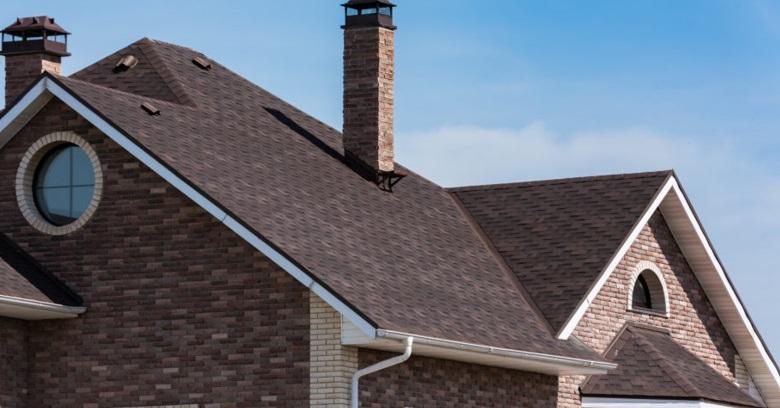
Classic roofs with pitches and valleys are common and appealing in many styles of architecture; however, those valleys tend to be problem roofing areas when not properly protected against leaks.
When having a new roof installed, be sure to use roofers who will use the right materials and methods to protect these susceptible areas so they stay dry and protected for the lifetime of the installation!
1. Use the Right Underlayment
Valleys are areas on a pitched roof where water channels and then flows along the length of the valley to run off the roof and into the gutter.
Since water does gather there, it is more likely to experience leaking at that point and require extra protection to prevent it.
A closed valley, or one that is covered with shingles, requires both standard water shield underlayment and ice shield underlayment to provide extra protection against the water flowing down that crease.
On the other hand, an open valley can be protected by a V-shaped strip of metal flashing that seals over the area where the roofing shingles come together.
The challenge with an open valley is to correctly install the flashing so that water does not seep under its edges along the pitch of the shingles.
In either case, because valleys are exposed to more water than the rest of the roof, they must be protected with multiple layers of waterproofing to prevent leaks over time.
2. How to Prevent Thermal Expansion Leaks
Many roofing materials will experience thermal expansion from the hot sun heating them up, such as underlayment that can expand and then wrinkle afterward due to contraction when it cools off.
In locations where high heat and expansion are a problem, roofers remedy this issue by applying the underlayment in layered strips as opposed to in sheets.
The strips can expand and contract and still remain watertight, as the smaller layers will not bunch or wrinkle, but rather stay flat against each other.
3. Seal To Prevent Damage From Cross Wash
Cross wash is what happens when water flows down one side of a valley on a roof and instead of washing completely down the center of the valley, some of it washes back up the second side of the valley.
This can be a serious roofing problem, since shingles are designed to remain waterproof against water flowing down, not up.
To prevent leakage due to cross wash, experienced roofers must anticipate this happening and apply a sealant to the edges of the shingles on either side of the valley in addition to the underlayment and ice shield layers.
4. Keep Roof Valleys Clean
Water is not the only thing that collects in roof valleys, as leaves and other debris can also collect in that roofing space.
Left there for long periods, this debris will start to decay and can even rot the shingles, increasing the chance that leaks will start in the valley.
Preventing this problem involves being observant, then periodically cleaning out any debris that has collected there.
5. Install Snow Guards
Valleys on pitched roofs will also collect snow and ice in areas subject to such weather and cause the same or even worse damage.
Ice damming is common in roof valleys and another cause of leaks in this precarious location.
Like leaves and other debris, snow and ice should be cleared away from roof valleys or better yet, snow guards on the roof can prevent it from gathering there.
Treat Roof Valleys With Care To Prevent Common Leaks
Roofs with peaks and valleys look beautiful on many homes and buildings.
Though most pitched roofs are fairly maintenance-free by design, those valleys need extra attention from skilled roofers and observant owners to prevent leaks and other damage.
When arranging to have new roofing installed, choose a dependable, experienced contractor who knows these and other effective ways to prevent valley leaks and preserve that new roof from the first day.
Need Commercial Roof Damage Repair Services
GMA Restoration Can Fix Commercial Roof Damage Repair
Call 979-356-2392
